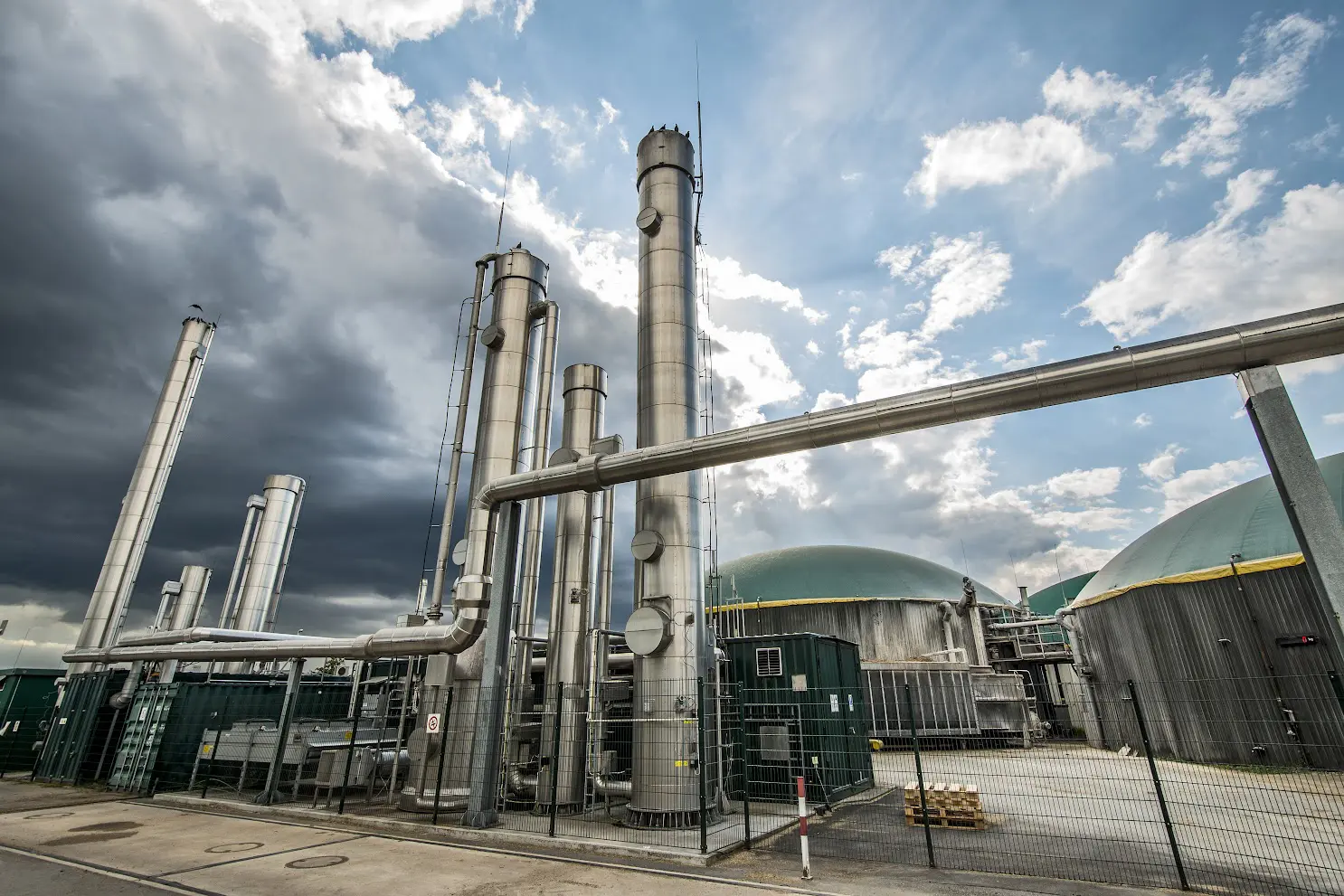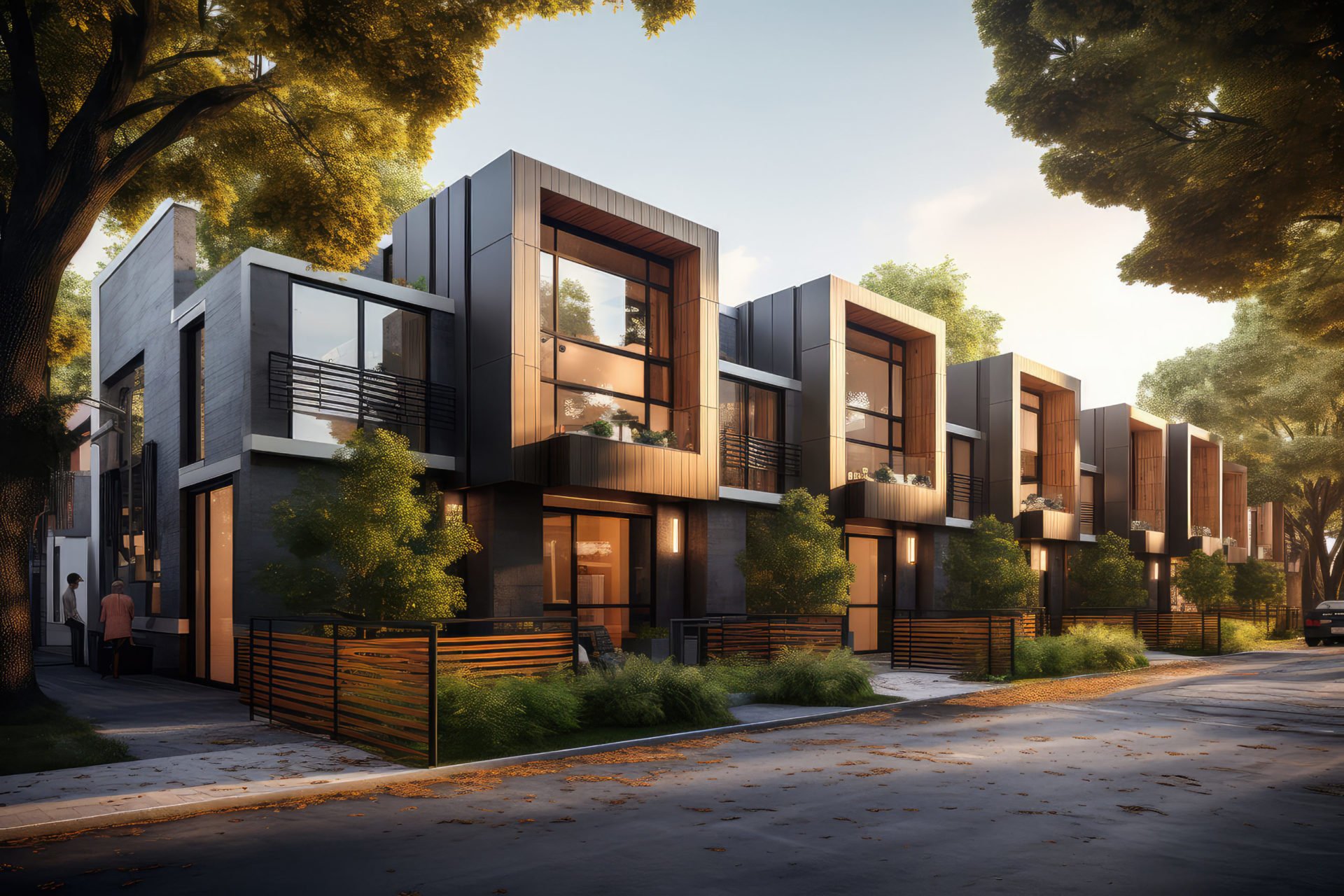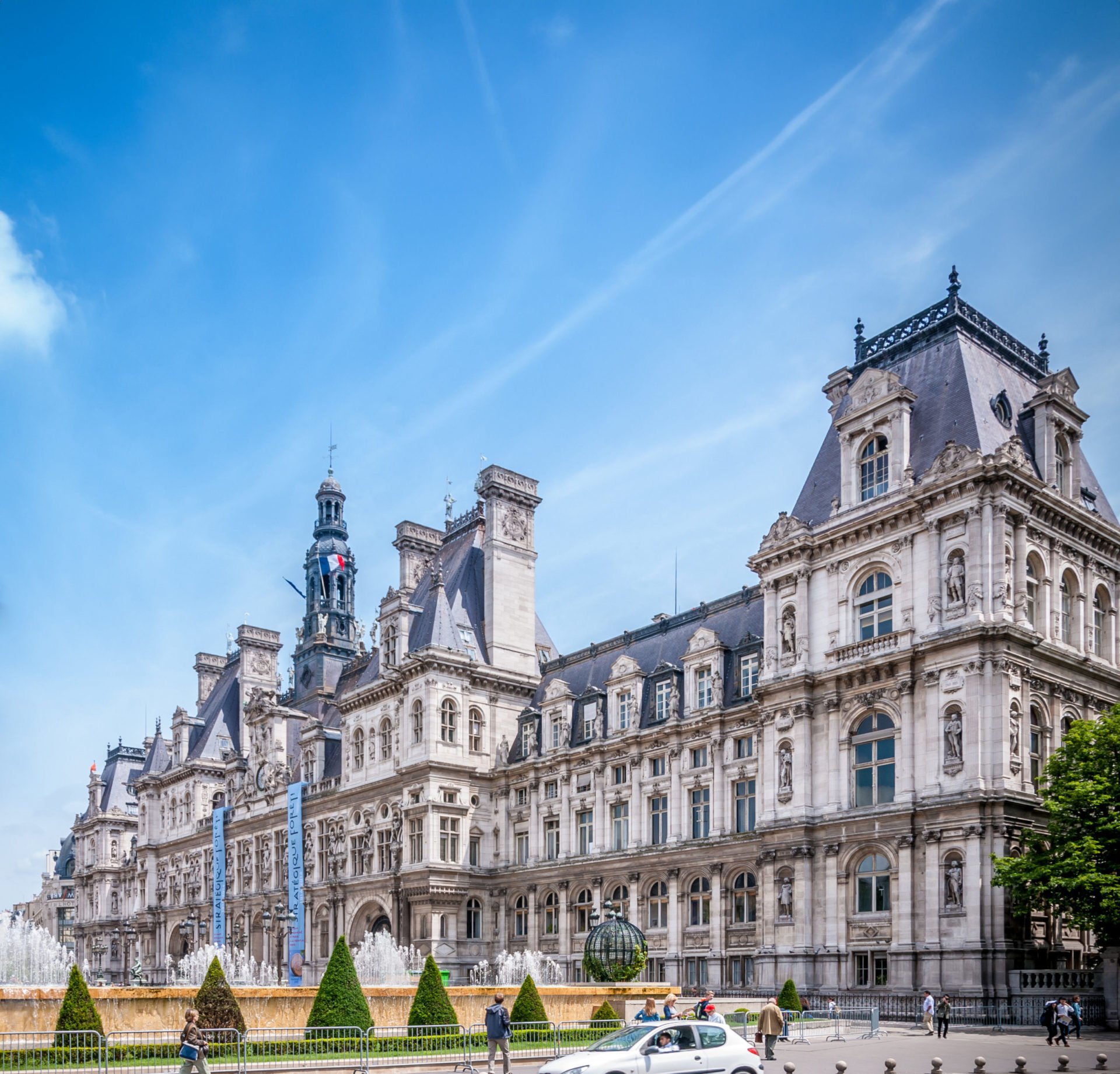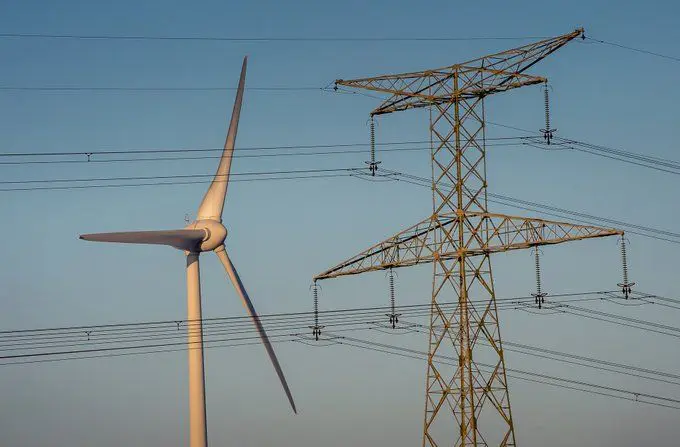Les Combustibles Solides de Récupération (CSR) #2
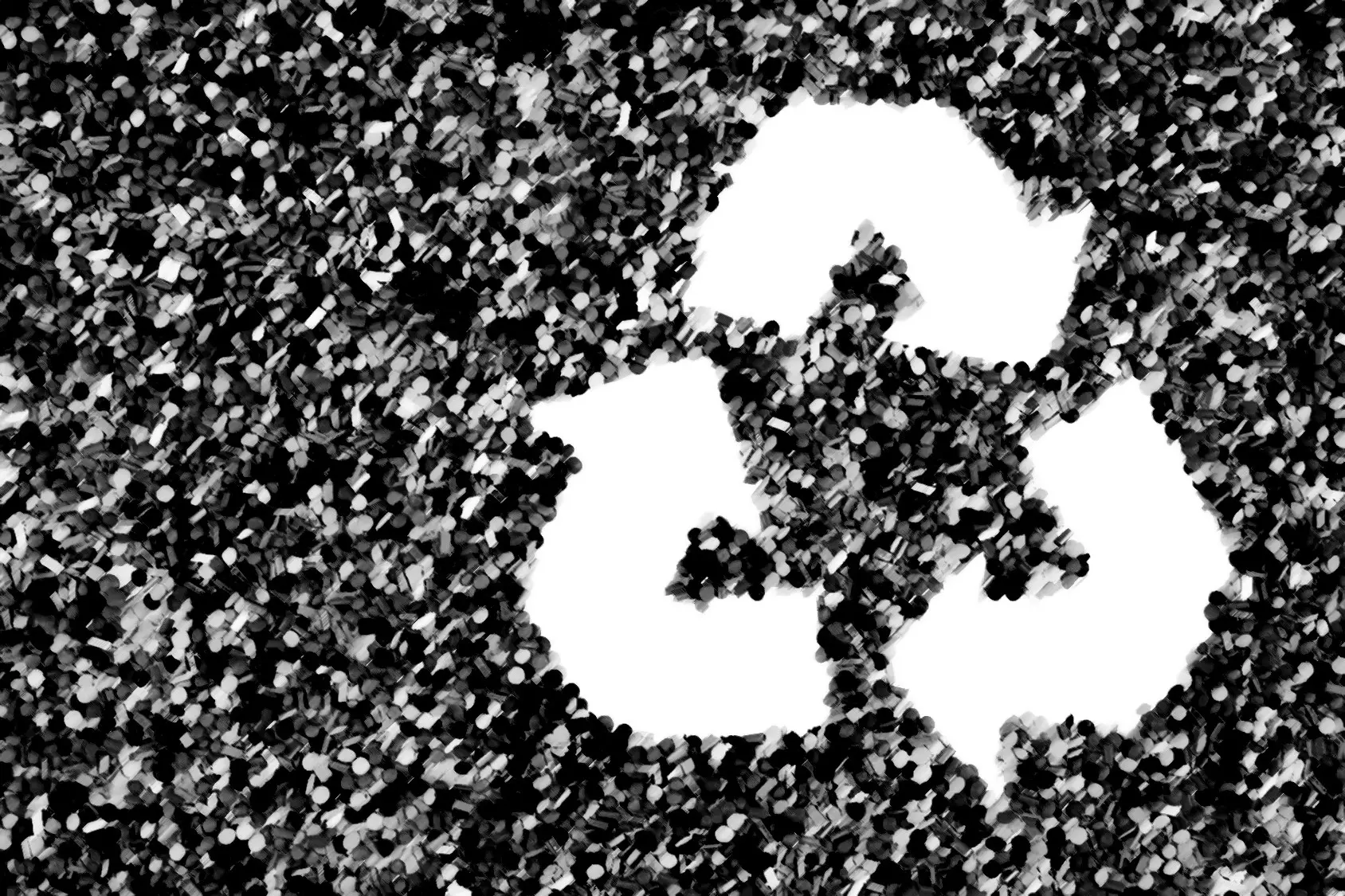
Amid the energy transition and the drive to decarbonize industry across France and Europe, Solid Recovered Fuels (SRF) offer a promising opportunity to transform waste into energy, thereby combining economic performance with long-term environmental responsibility!
In France, industry is responsible for 19% of greenhouse gas emissions, making it the second-largest polluting sector after transportation, according to the European Environment Agency. Over 11,000 industrial plants alone account for around 50% of European carbon dioxide emissions, or 1,750 million tons in 2016.
In response to soaring gas and electricity prices and a threefold increase in the cost of carbon, from €25 per ton in late 2020 to over €80 in early 2022, an increasing number of manufacturers are launching SRF-focused boiler plant projects. Partnering with waste management companies, they aim to recycle residual waste, reduce reliance on fossil fuels, and stabilize production and operating costs.
The development of Solid Recovered Fuels (SRFs) aligns closely with France’s roadmap for managing residual waste which, under the Energy Transition Act, is excluded from material recovery and would otherwise be sent to landfill. According to ADEME, 2.5 million tons of non-recyclable waste could be converted into RDF, reducing landfill by 50% by 2025.
An overview of the regulations, benefits and conditions for success of an SRF project for manufacturers!
SRFs, from non-recyclable waste to fuel!
SRFs are a local energy source derived from local final waste. In fact, they are processed in production units from non-hazardous waste, initially landfilled, to extract the high-energy fraction. SRFs are produced by shredding and compacting non-recyclable, non-recoverable end-of-life waste into granules, flakes, or platelets. These fuels are then used in SRF boiler plants to generate heat or steam.
Already widely used in cement kilns as an alternative energy source, SRFs are manufactured and used in highly regulated processes. According to the most recent 2016 decree, SRFs must have a calorific value exceeding 12,000 kilojoules to ensure high-efficiency combustion and justify its local use from an economic standpoint. The same requirements apply to SRF boiler plants, which must meet stringent environmental standards, especially regarding flue gas treatment, in order to produce hot water, steam, or alternative fuels.
Whether designing and operating a production unit or an SRF boiler plant, depending on the thermal application, waste producers and manufacturers must strike an optimal balance between ecological sustainability and economic efficiency.
SRFs, “local” fuels that are economical, ecological and responsible!
To date, SRFs are primarily utilized by industrial sectors with high year-round heat demands, such as the paper, food, cement, and chemical industries. In addition to covering 50 to 70% of their energy needs, SRFs offer several key benefits.
The first is the low cost of energy produced from SRFs, indexed to the cost of preparing them rather than to a constantly fluctuating market. Equally important, the use of SRFs enables industrial companies to decarbonize their operations by reducing emissions. In addition to qualifying for energy transition subsidies, SRFs generate energy that can be considered up to 80% renewable. What’s more, industrialists who choose to combine production and operation units can recover and consume their own waste, in a win-win dynamic. SRFs, as a local energy solution par excellence, allows manufacturers to strengthen their presence and invest in their region within a 150 to 200 kilometer radius, fostering value creation, competitiveness, and job growth.
Key conditions for a successful SRF project!
The key to the success of an SRF project lies in the availability of resources, proximity (within a 200-kilometer radius), sufficient quantity, and consistent quality, to ensure energy efficiency, economic feasibility, and a reduced carbon footprint. In addition to accurately assessing the energy use of SRF, from sizing to feasibility, an SRF project demands an iterative, step-by-step approach to modeling the needs and expectations of various stakeholders, whose interests may sometimes diverge, ranging from SRF producers to end users.
The challenges include defining a comprehensive SRF supply plan, designing facilities that comply with environmental and regulatory requirements, implementing suitable technologies such as fuel handling systems, boilers, and flue gas treatment, and accounting for operational constraints, while also managing capital investments and forecasting operating costs. A partner like Impulse, part of the E’nergys group, which provides both consulting and project management expertise, is essential for manufacturers aiming to anticipate, navigate, and effectively manage the complexities of SRF-related investments, production, and operations. For instance, a partner can help industrialists with the contractualization of an SRF project to guarantee consistent quality and the right duration. The same applies to designing a thermal power plant, which requires numerous technical, financial and regulatory factors to be taken into account to ensure its success.
In our opinion, in the next few years SRFs should become a key lever for manufacturers to reduce their dependence on fossil fuels and decarbonize. Several obstacles must still be addressed to accelerate the growth of this low-carbon heating sector, particularly the technological and regulatory advancements needed to support the development of facilities with capacities under 15 MW. With carbon taxes and the TGAP (French tax on polluting activities) set to rise sharply in 2025, waste recycling and recovery will become a major challenge for manufacturers. We firmly believe that the first 15 SRF projects will lay the foundation for structuring the sector. At the same time, manufacturers are receiving strong signals to embrace a more circular economy, an approach that fosters both greater responsibility and long-term profitability!

